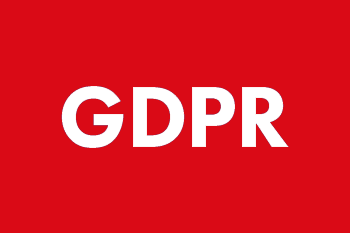We recently came across this interesting piece – 11 frequently botched AP style points on ragan.com – and it got us thinking about style and its quiet twin, consistency, across non-media organisations.
The writer of that piece, casting his mind back to when he was a cub reporter on a newspaper, does a good job of explaining the Law as laid down by AP. But it is just a law. OK, it’s not even a law.
There are different conventions for this type of thing across national borders. But even within smaller enclaves there are differences. Often all a publisher’s titles don’t share the same style guidelines (much to the chagrin of centralised production desks).
None of that makes one publication’s style right and others’ wrong. What is important is consistency.
You can argue about whether you should write ‘internet’ (think how often that word is used) or ‘Internet’ (it’s a proper noun after all, as in the Internet). But life’s too short.
This writer was at a publication in the late 1990s when we shifted from writing ‘Internet’ to ‘internet’. It felt weird for, let me think, about half a day. It’s not that we were blasé about it. We just knew that from then on we’d be consistent. And we were.
For those not schooled at media organisations – maybe you’re creating your first blog or online community – you might wonder which style to use.
Here’s our advice: Emulate the style of a publication you know well and like. Several big publications eg The Economist, publish their style guide. If your content is going to stand side-by-side with that produced at decades-old publishers (perhaps even older) then getting this right is important.
To reiterate, it’s important – it needn’t be difficult. Pick your rules then stick to them.
Follow us on Twitter – @ColContent
Need to know about events? Buy the e-book, Everything In Moderation: How to chair, moderate and otherwise lead events, by Collective Content (UK) founder Tony Hallett from Amazon.co.uk.








